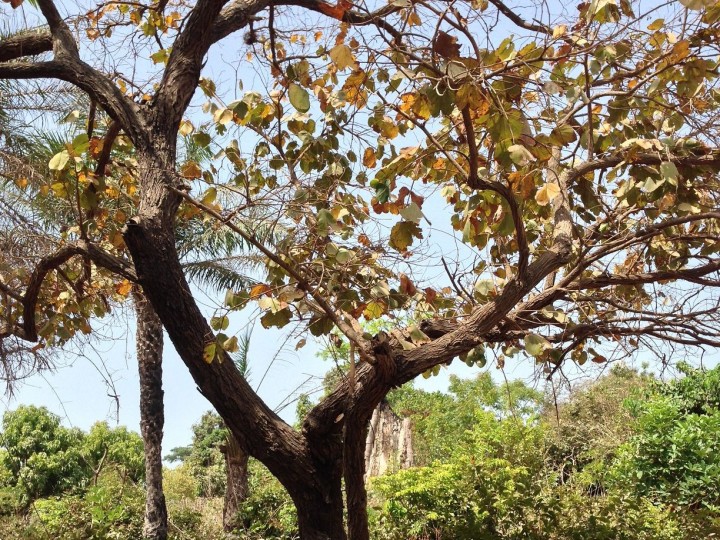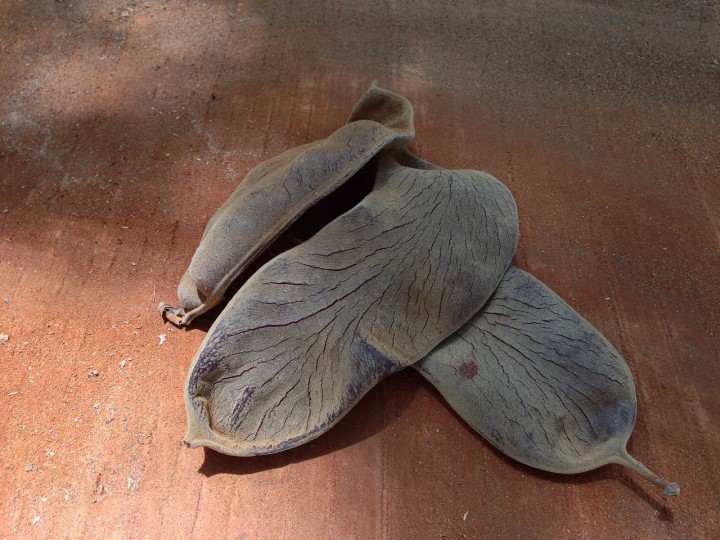Fara - Piliostigma thonningii
Posted 24.06.2018 by Team Ecofund - View commentsDescription
The Fara, also known by its scientific name, Piliostigma thonningii, is a species of the Caesalpiniaceae family and of the Piliostigma genus. Its name in Diola is Noubeumbe. Native to tropical Africa, the Fara is common in the whole Sudanese-Guinean area from Senegal to Cameroon. Whereas the tree can be 40m high, its slender trunk only grows up to 30 to 35 cm in diameter. The tree develops from seed sprouts or from regrowth of new shoots from the roots. The Fara adapts to all soils but it grows better in heavy clay soils or medium loam soils. Piliostigma thonningii is a species well suited to agroforestry, well adapted to mixed cultivation together with other plants. The young trees show little resistance to fires.
Uses
The Fara tree provides all kind of products for traditional medicine. In Senegal, the leaves are used to treat dementia (degradation of the brain functions). The flowers are dried and crushed into a powder to be eaten, drunk or mixed with tobacco and smoked as a remedy against coughs. The fruit comes as a component in mixtures against coughs, bronchitis and headaches. Small slices of the fruit can be used as bandages on wounds. In case of toothache, one can drink a tea brewed from the leaves or chew the leaves themselves, boiled. Women also chew the bark of the roots to redden their lips.
Did you know…
The
Mandingue people use fara fibres to create a traditional mask named kankouran. Kankouran is a mythical being, keeper of the Mandingue values and
customs. During the Mandingue initiation ceremony, the role of the kankouran is to protect the newly
circumcised young men.



